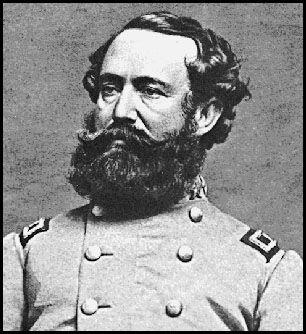Election fraud has a long and ‘yellow’ history in Horry

Election fraud is nothing new, not even in Horry County.
In Volume 3, No. 4 of the Independent Republic Quarterly, M.A. Wright provided an unusual and now humorous account of how Democrats here swung a critical election in 1876 that helped elect Wade Hampton governor of South Carolina.
In 1876, the Republican Party, composed largely of former slaves, was firmly in control of state government. During Reconstruction following the Civil War, many black citizens had been elected to public office.
At the time, the majority of black South Carolinians were illiterate. To overcome this predicament, the Republican Party tickets were printed with an image of an eagle at the top to distinguish it from the Democratic Party’s ballot.
Democrat spies learned of the design of the Republican Party ballot and, in an attempt to confuse black voters, put an eagle on the top of their ballot.
Not to be outdone, Republican Party officials decided to print their ballot on yellow paper. The word went out to vote the “yellow ticket.”
According to Wright, Democrats in Horry County learned of the yellow tickets the day before the election.
After a quick conference, it was decided to print the Democratic Party’s ballot on yellow, too. Unfortunately, no yellow paper could be found in Horry County. Gloom settled over those gathered at a Conway print shop.
At that point, one of the men shouted, “Yesterday old Dr. Galbraith checked my kidneys. He used some kind of paper which turned yellow. Now, I wonder…”
“In less time than it takes to say diabetes the experiment was tried. It worked,” Wright wrote.
But, with 2,000 tickets to be printed “ink” was in short supply.
According to Wright, the word went out that beer drinkers were in high demand.
A tin tub was provided in one corner of the print shop, lemonade and coffee in another and traffic between the two moved briskly.
“Those who could no longer serve in coloring the ticket dried them near the stove,” Wright recalled.
When the sun rose the next morning, the Horry County Democrats had 2,000 yellow ballots with an eagle at the top and bearing the names of Wade Hampton and other Democrats that were dispatched to the polling places.
Hampton defeated his Republican challenger by 1,134 votes, signaling the end of Reconstruction in South Carolina.
“Thanks to the lesson taught by one sheet of litmus paper, Horry was solid, as well as liquid, for Hampton,” Wright concluded.
Editor’s note: Visitors to Conway may want to visit the corner of Main Street and Fifth Avenue to see the Wade Hampton oak. More than 1,000 people traveled to Conway Sept. 30, 1876, to hear the Confederate war hero speak. The candidate for governor spoke for more than an hour and later held a private audience with a group of black men.
At the time, Federal troops were still stationed in Conwayboro, described in a newspaper article as “the most sequestered and obscure of all the courthouse towns of the state.”
The Independent Republic Quarterly can be read online by visiting www.digitalcommons.coastal.edu
*** This article has been archived for your research. The original version from Myhorrynews can be found here ***


